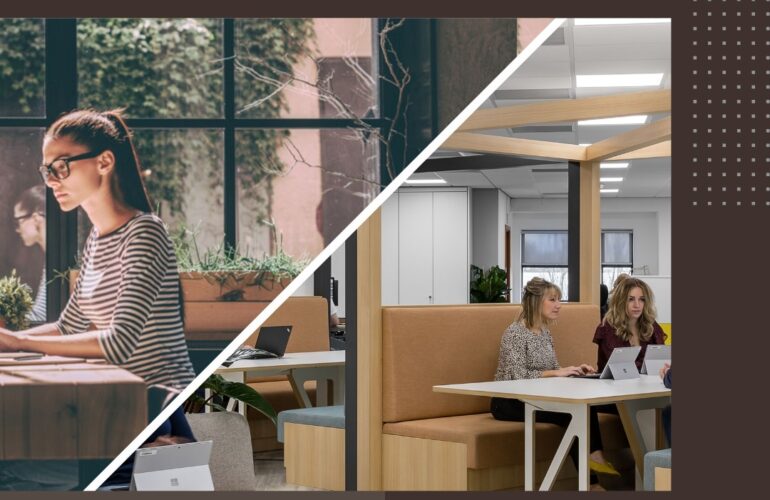A learning culture is a collection of organizational conventions, values, practices, and processes. It requires continually increasing one’s knowledge, skills, and competencies as well as developing the flexibility to thrive in an array of unpredictable circumstances.
Due to recent upheavals in the operating environment of business, most of the company’s business model was forced to transform to be able to sustain itself. However, the role of HR not to be negated for the transformational change that most of the industry went through! They took a centre stage and played a prominent role to balance the emotional doldrums that the organization’s Human capital went through. For any progressive organization, HR plays a key role to develop and maintain its Human Capital.
Now the question is, how can HR enable employees to succeed in their job?
Facilitating learning is perhaps one of the most important roles for HR to focus on. It has become imperative for them to take some important steps towards creating a culture of learning.
On one hand, 2020 has shaken many of us badly and on the other hand, it has given us an opportunity to undo, redo and transform. For a thriving organization, investing in resilience and agility will be the most important investment, to ensure their success and survival. One of the investments’, organizations should consider is to develop a culture of learning, for agility and resilience.
There are many benefits of a cultivated learning culture in an organization. A few of them are listed as below:
- Increased efficiency, productivity, and profit
- A culture of knowledge inquiry and sharing
- An enhanced ability for workers to adapt to change.
- Increased employee satisfaction and decreased turnover
- An improved mindset among employees
- A developed sense of ownership and accountability
- Ease in succession/transition
How to Create a Learning Culture in an Organization
A few of the ways an organization can foster a learning culture are outlined below:
Be empathetic towards your people and see them as learners and not just treat them only as your employee.
Set clear and measurable learning objectives and learning paths for all employees
Foster a culture that could encourage and motivate them enough
Reward sharing of learning and enable a culture of learning from failure
Set clear and measurable learning objectives for all the employees
Promote from within, it encourages them to stay for a longer tenure
Formalize Training & Development and make it mandatory for all individuals in the organization
Let’s agree, that “Leaders are the trendsetters” So let it begin with them as a first step. Leaders should be agile and supportive of a learning environment.
Learning creates a path for innovation which ultimately leads to progress. Growth mindset people are eager to learn and if they feel they are not getting ample scope of learning, they disengage and look for employers more attituned to their needs.
Author: Neetu Jaiswal




